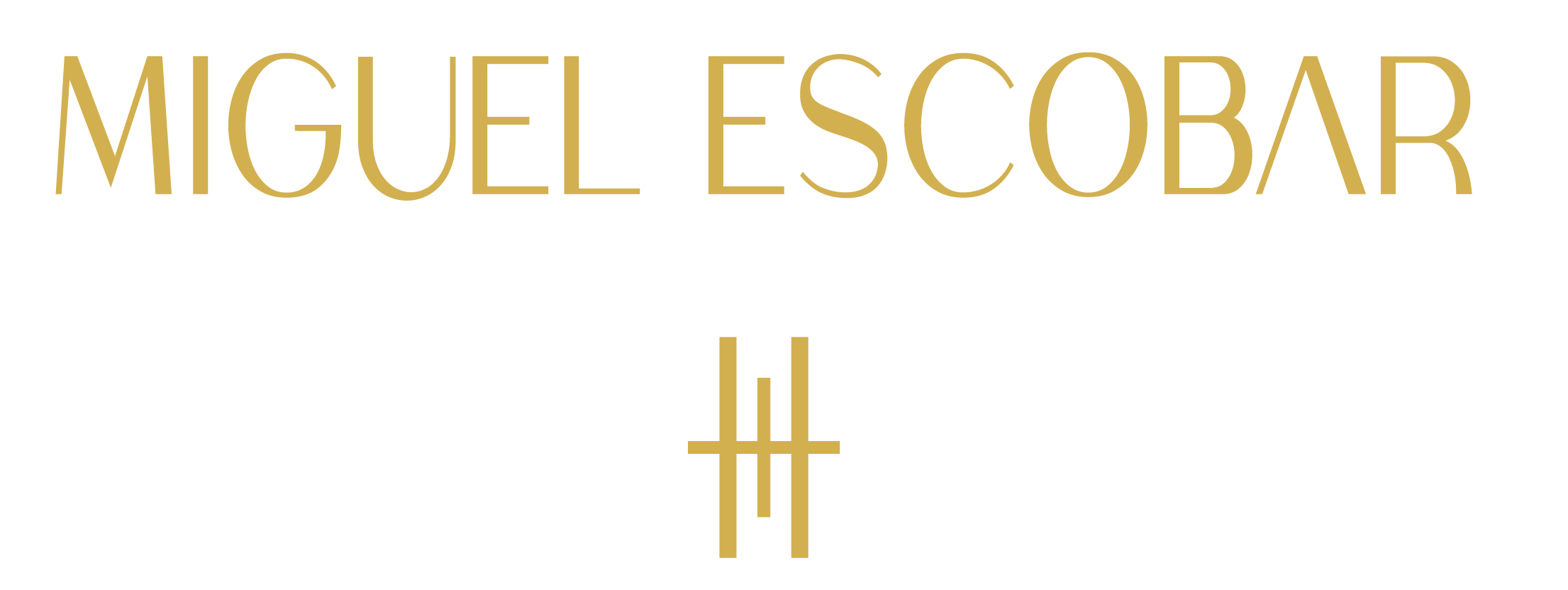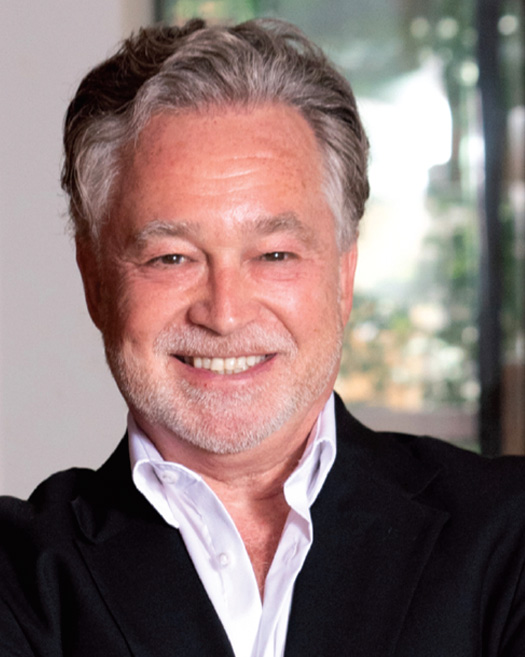n this episode of “Au-delà des plans,” host Bruno Rajot interviews Miguel Escobar, a renowned architect and urban planner. Miguel, the founder of FCG in 1985, shares his journey from his early passion for drawing and architecture to his significant contributions in urban planning and construction. This article highlights the most compelling segments of the interview, emphasizing key insights and lessons from Miguel’s illustrious career.
Early Life and Passion for Architecture

Miguel Escobar’s fascination with architecture began at a young age. Growing up in Santander, Spain, Miguel was captivated by the surrounding spaces and landscapes, translating his observations into drawings. This early interest laid the foundation for his future career.
Career Beginnings and Education
Miguel’s journey into professional architecture began with modest jobs, including working as a janitor in a church at the age of 13. However, his determination led him to pursue formal education in architecture. He studied at the University of Montreal, where he was accepted despite initially struggling with the French language.
University Life and Early Professional Experience
At the University of Montreal, Miguel faced challenges due to his limited proficiency in French. However, his adaptability and passion for architecture helped him overcome these obstacles. During his university years, Miguel worked part-time in an architectural firm, gaining valuable experience that complemented his academic studies.
Professional Milestones and Challenges
Greenfield Park
One of the pivotal moments in Miguel’s career was his role as the coordinator of urban planning for Greenfield Park. Despite lacking municipal experience, Miguel was hired to address the town’s urban planning challenges. This period was marked by significant difficulties, including threats and intense pressure due to political and criminal elements involved in the local governance.
Miguel’s resilience and ethical stance helped him navigate these turbulent times. He consistently rejected unethical proposals and focused on his job, maintaining his integrity. His dedication to his projects and commitment to ethical practices earned him respect and recognition in the field.
“Integrity and passion guide my career; staying true to my values has led to success and resilience in architecture and urban planning.”
Miguel Escobar – THE LUXURY OF EXPERIENCE – Interdisciplinary & International Real Estate and Economic Development Strategist
Contributions to Urban Planning
Miguel’s work in Greenfield Park included significant urban development projects. He played a crucial role in the boulevard development project and the proposed extension of the metro system. His vision for creating a well-planned urban environment with essential services and amenities was evident in his projects.
Transition to Private Practice
After leaving his position in Greenfield Park, Miguel transitioned to private practice, establishing his architectural firm. He won his first open architectural competition in Montreal, which was a significant milestone. Despite not yet having his architectural seal, Miguel’s design skills and innovative ideas helped him secure the project.
Major Projects and Achievements
Miguel worked on several notable projects, including the redesign of the Promenade Cathédrale and renovations for various significant buildings in Montreal. His ability to integrate practical and aesthetic elements in his designs set him apart in the field.
Real Estate and Diversified Expertise
In addition to his architectural practice, Miguel ventured into real estate, obtaining his license as a real estate broker. Over 12 years, he managed over 530 transactions, specializing in commercial and industrial real estate. His expertise in financing, construction, and urban planning provided a comprehensive understanding of the real estate market.
Insightful Commentary and Industry Influence
Miguel is also known for his insightful commentary on urban development and real estate trends. His posts on various platforms offer in-depth analyses and propose solutions to current challenges in the construction and real estate sectors. He emphasizes the importance of densification in urban planning and advocates for collaborative efforts between the city and developers to create sustainable and livable urban environments.
The Future of Urban Development
Miguel discusses the impact of the COVID-19 pandemic on the real estate market, particularly the office space sector. He predicts a shift towards converting office spaces into residential units, although he acknowledges the challenges involved in such transformations. Miguel stresses the need for innovative solutions and strategic planning to revitalize city centers and adapt to changing economic and social dynamics.
Legacy and Vision
When asked about his legacy, Miguel expresses pride in his numerous projects that have significantly impacted urban landscapes. He highlights the importance of teamwork and collaboration in achieving success. Miguel’s story is one of resilience, integrity, and a relentless pursuit of excellence in architecture and urban planning.
“I’ve done many projects that everyone knows, but they don’t know me. Maybe in the coming years, people will recognize the work I’ve done. I love Montreal; it’s not the most beautiful city in the world, but it’s the city with the most options.”
Miguel’s vision for Montreal and his contributions to its development reflect his deep commitment to creating vibrant and sustainable urban spaces.
Conclusion
Miguel Escobar’s journey from a young boy passionate about drawing to a renowned architect and urban planner is truly inspiring. His story is a testament to the importance of integrity, perseverance, and continuous learning. Through his innovative designs and ethical approach, Miguel has left a lasting impact on the architectural and urban planning landscape.
FAQs:
FAQs from the Interview with Architect Miguel Escobar
1. What inspired Miguel Escobar to pursue a career in architecture and urban planning?
Miguel Escobar’s passion for architecture and urban planning began at a young age. He was fascinated by drawing and the spaces around him, which he would often sketch after outings with his parents. This early interest in the built environment led him to pursue a formal education and career in architecture.
2. How did Miguel Escobar handle pressure and ethical challenges in his role as an urban planner?
Throughout his career, especially during his tenure in Greenfield Park, Miguel faced significant pressure and ethical challenges, including threats and attempts to bribe him. He consistently rejected unethical proposals and maintained his integrity, believing in doing his job with respect and honesty. His commitment to his values helped him navigate these difficult situations.
3. What are some of Miguel Escobar’s notable achievements in architecture and urban planning?
Miguel Escobar has achieved several significant milestones in his career. He won the first open architecture competition in Montreal and worked on various notable projects, including the code for Place d’Armes, the Promenade Cathedral development, and the first BOMA measurement standard for buildings. His work spans various sectors, including residential, commercial, and urban development.
4. How does Miguel Escobar view the current housing and urban development challenges in Montreal?
Miguel Escobar highlights the importance of densification as a primary solution to Montreal’s housing challenges. He criticizes the lack of coordinated efforts between the city and developers, which leads to regulatory constraints and inadequate housing supply. He advocates for more collaboration to create sustainable urban development that includes affordable housing and essential services.
5. What role does Miguel Escobar believe personal values play in professional success?
Miguel Escobar strongly believes that personal values, such as integrity, respect, and passion, are crucial for professional success. He emphasizes that staying true to one’s values not only guides ethical decision-making but also fosters long-term resilience and fulfillment in one’s career. His commitment to these principles has been a cornerstone of his achievements in architecture and urban planning.



